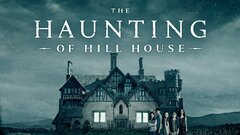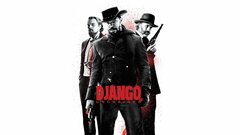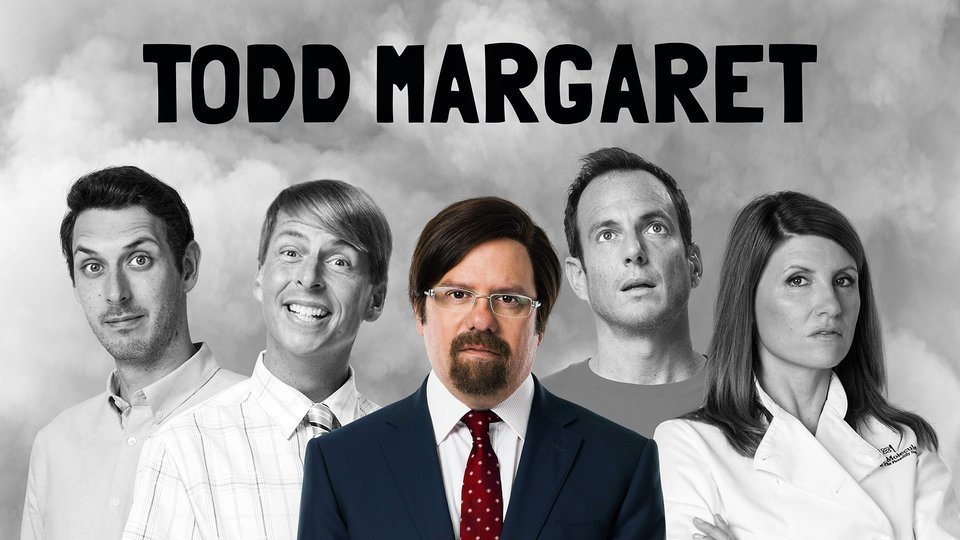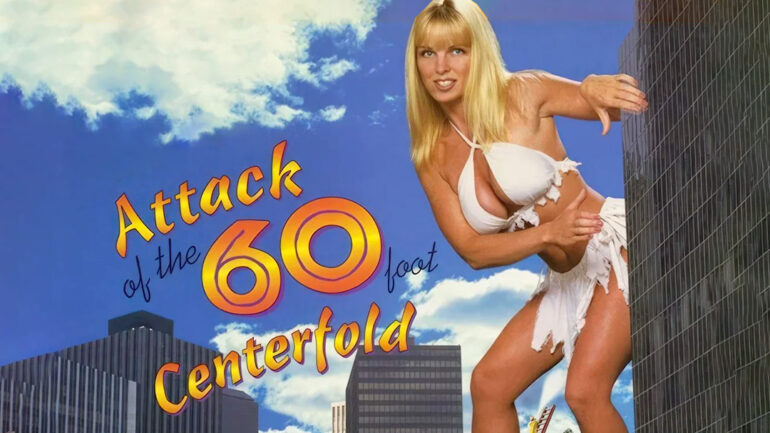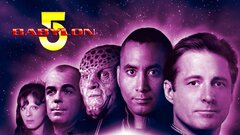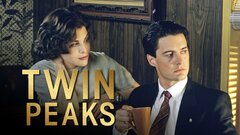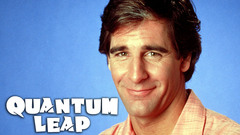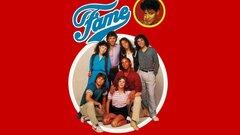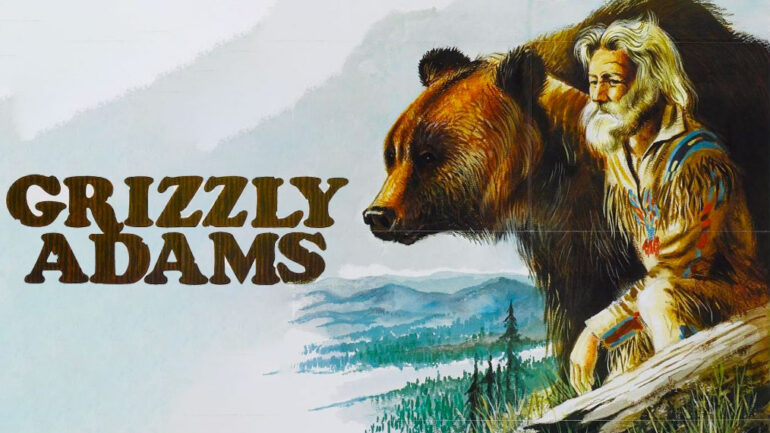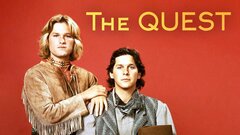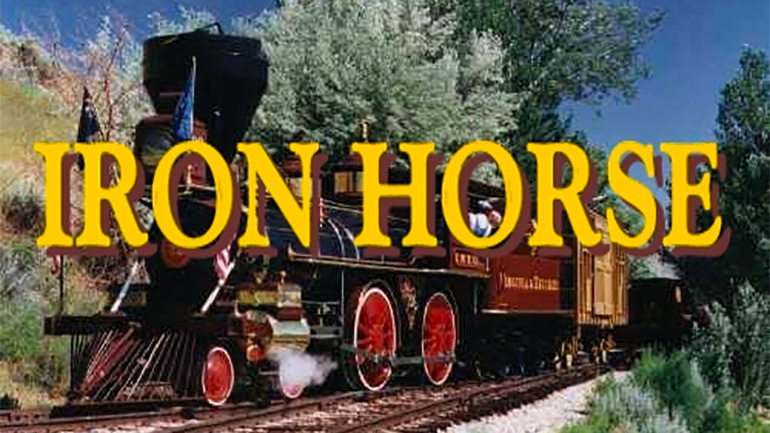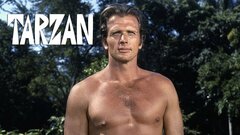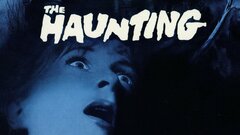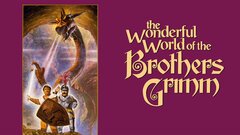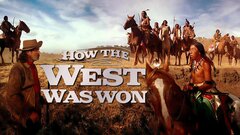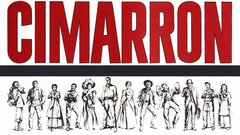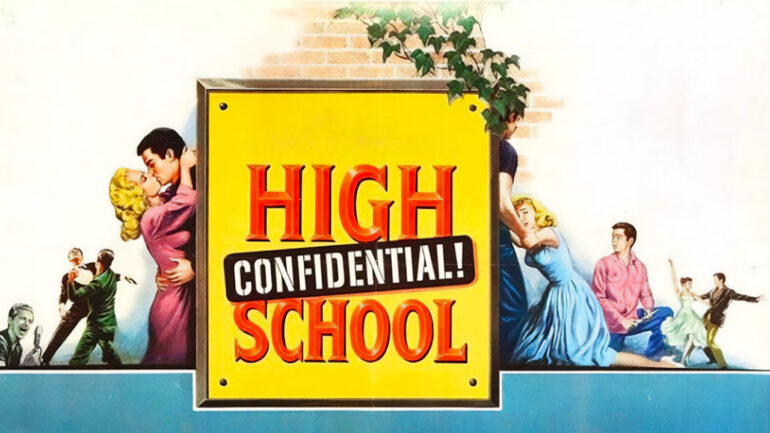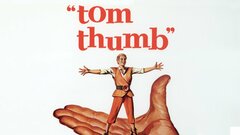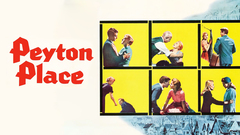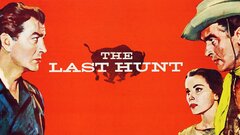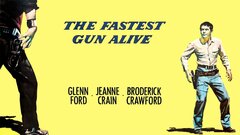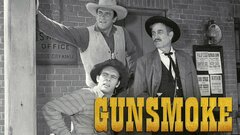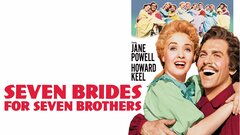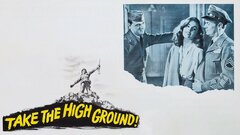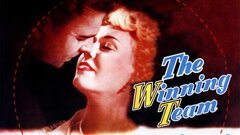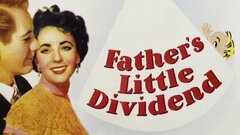A boundlessly energetic presence in films for over five decades, Russ Tamblyn's extraordinary talent as a dancer was a key element to some of Hollywood's greatest musicals, including "Seven Brides for Seven Brothers" (1954) and "West Side Story" (1961). A juvenile performer from the age of 13, he played all-American kids in "Father of the Bride" and "Retreat, Hell!" (1952) before displaying his tremendous strength and agility in Michael Kidd's intense routines for "Seven Brides" (1954). He also fared well in straight dramatic roles, earning an Oscar nomination for "Peyton Place" (1957) before landing the role that largely defined his career: the devil-may-care Riff, leader of the Jets, in "West Side Story."
As time went on, Tamblyn increasingly devoted his energies to the fine arts while still making appearances in film. David Lynch's "Twin Peaks" (ABC, 1990-91) gave his profile a brief boost, but he preferred to manage the acting career of his daughter, Amber Tamblyn, as well as work on eclectic stage shows like Neil Young's "Greendale" tour than returning to the Hollywood scene. However, his best screen work kept his legacy in the public eye for decades.
He was born Russell Irving Tamblyn on Dec. 30, 1935 in Los Angeles, the older of two boys by actors Eddie Tamblyn and his wife, Sally Triplett. His younger brother, Larry, found fame in the 1960s as a pop singer and keyboardist for the garage rock group the Standells of "Dirty Water" fame. Russ Tamblyn followed his parents' footsteps into an acting career while parlaying a natural grace and athleticism into acrobatics and dance. At 10, he was discovered by actor Lloyd Bridges, who gave him his first stage role in a play he was directing called "Stone Jungle." Three years later, he made his screen debut as a student opposite fellow child star Dean Stockwell in "The Boy with Green Hair" (1948).
The following year, he landed his first starring role as a troubled kid who became the batboy for the Cleveland Indians in the low-budget drama "The Kid from Cleveland" (1949), which featured appearances by some of the club's real players, including Satchel Paige, Hank Greenberg and Lou Boudreau. Billed as Rusty Tamblyn, he soon landed a string of notable bit parts, including the young Saul in Cecil B. DeMille's epic "Samson and Delilah" (1949) and a young gun obsessive who grew into trigger-happy stickup artist John Dall in the noir classic "Gun Crazy" (1950). In 1950, he graduated to the major studios as Spencer Tracy's youngest son in "Father of the Bride" (1950) and its sequel, "Father's Little Dividend" (1951).
After honing his gymnastic skills at North Hollywood High School, the 17-year-old Tamblyn gave an impressive turn as a teenaged Marine on the frontlines in Korea in "Retreat, Hell!" (1952). His onscreen maturity landed him a long-term contract with MGM, where, billed as Russ Tamblyn, he essayed energetic young men in "The Winning Team" (1952) and "Take the High Ground" (1952) before earning his breakout role as Gideon Pontipee, the youngest of seven ill-mannered mountain men who must be groomed into suitable husbands in the musical "Seven Brides for Seven Brothers" (1954).
Tamblyn's extraordinary agility and stamina were a perfect match for Michael Kidd's intense and often grueling choreography, and led to more dancing and singing on screen, including an uncredited appearance alongside the cream of MGM's musical talent in "Deep in My Heart" (1954) and as a youthful sailor in "Hit the Deck" (1955). He further impressed audience by dancing atop shovels used as stilts in the Western "The Fastest Gun Alive" (1956). Such feats led to his uncredited role as choreography advisor to Elvis Presley in "Jailhouse Rock" (1956).
Unfortunately, the late 1950s were a fallow period for movie musicals, and Tamblyn was forced to tackle straight dramatic roles. He fared better than most former musical stars, beginning with 1956's "The Young Guns" as an impressionable youth who fell in with a gang of rustlers. The following year, he received an Oscar nomination as a young man chafing against the hypocritical repression of small-town "Peyton Place" (1957), which also earned him a Golden Globe for Most Promising Newcomer. After a dazzling turn as a young police informant who posed as a jive-spouting hipster to infiltrate a drug ring in the gleefully glib "High School Confidential!" (1958), Tamblyn became the face of the new musical movement of the early 1960s. He was the diminutive lead in George Pal's special effects-laded "tom thumb" (1958), which aided greatly in his portrayal of Riff in Robert Wise's "West Side Story" (1961).
Though actor George Chakiris had played Riff in the London production of "West Side Story," Tamblyn's boundless energy and physical skill made him a favorite for the ebullient character. Though his singing voice was partially dubbed in "The Jet Song" by co-star Tucker Smith, his seemingly limitless abilities and insouciant charm made Riff both a highlight of the film and his most enduring role. Surprisingly, Tamblyn himself was disappointed by the performance, which may have contributed to his gradual disentanglement from Hollywood in the years that followed. Initially, Tamblyn enjoyed plum roles in big-budget projects like the Oscar-winning "The Wonderful World of the Brothers Grimm" (1962), for which he reprised Tom Thumb, and Robert Wise's horror classic "The Haunting" (1963) as the jocular, skeptical owner of a ghost-plagued mansion.
In 1964, his contract with MGM had run out, and there were only dismal B-grade musicals like "Follow the Boys" (1963) and foreign productions like "The Long Ships" (1964) on his horizon. Tamblyn soon fired his agent and began devoting himself to the burgeoning counterculture with longtime friends and fellow dropouts like Dean Stockwell and Dennis Hopper. His work in collage drew praise from the art world, while his acting career dwindled into television work and low-budget films like "War of the Gargantuas" (1966), a giant monster movie for Japan's Toho Studios, which had created Godzilla. By the late '60s, he had fallen in with exploitation director and cult favorite Al Adamson, who directed Tamblyn in four films, including "The Female Bunch" (1969), which was shot on location at the Spahn Ranch, where the Manson Family called home, and the woeful "Dracula vs. Frankenstein" (1971). He also joined Dennis Hopper in Peru for the experimental "Last Movie" (1971), which helped to cast a pall over the actor's career for over two decades.
Tamblyn descended further into obscurity, working largely in regional theater productions before resurfacing in 1982 as co-writer, choreographer and co-star of "Human Highway," a surreal, post-apocalyptic musical fantasy produced by and starring rocker Neil Young. Roundly dismissed during its initial release, the film later gained cult status on home video.
In the mid-1980s, Tamblyn enjoyed a recurring role as a choreographer on "Fame" (syndicated, 1982-87) and aided in the show's numerous dance numbers. He returned to no-budget horror and science fiction until 1990, when he received a welcome jolt of recognition from David Lynch's "Twin Peaks" (ABC, 1990-91). Virtually unrecognizable to "West Side Story" fans under a mane of frizzy hair and beard, Tamblyn played the eccentric psychiatrist Dr. Lawrence Jacoby, who saw the ill-fated Laura Palmer as a patient before her demise. One of his castmates was "West Side Story" co-star Richard Beymer, who played red herring Ben Horne. The cult appeal of "Twin Peaks" kept Tamblyn busy with low-budget films and TV appearances for the next decade. Between assignments, he managed the career of his daughter, Amber Tamblyn, who found fame as the star of "Joan of Arcadia" (CBS, 2003-05), on which her father occasionally appeared as God in the form of a dog walker. Her godparents were actors Dean Stockwell and Dennis Hopper.
From 2003 to 2005, Tamblyn received rave reviews as director, choreographer and performer on Neil Young's "Greendale" tour. He returned to Hollywood filmmaking in 2011 with a small part in the neo-noir "Drive."


